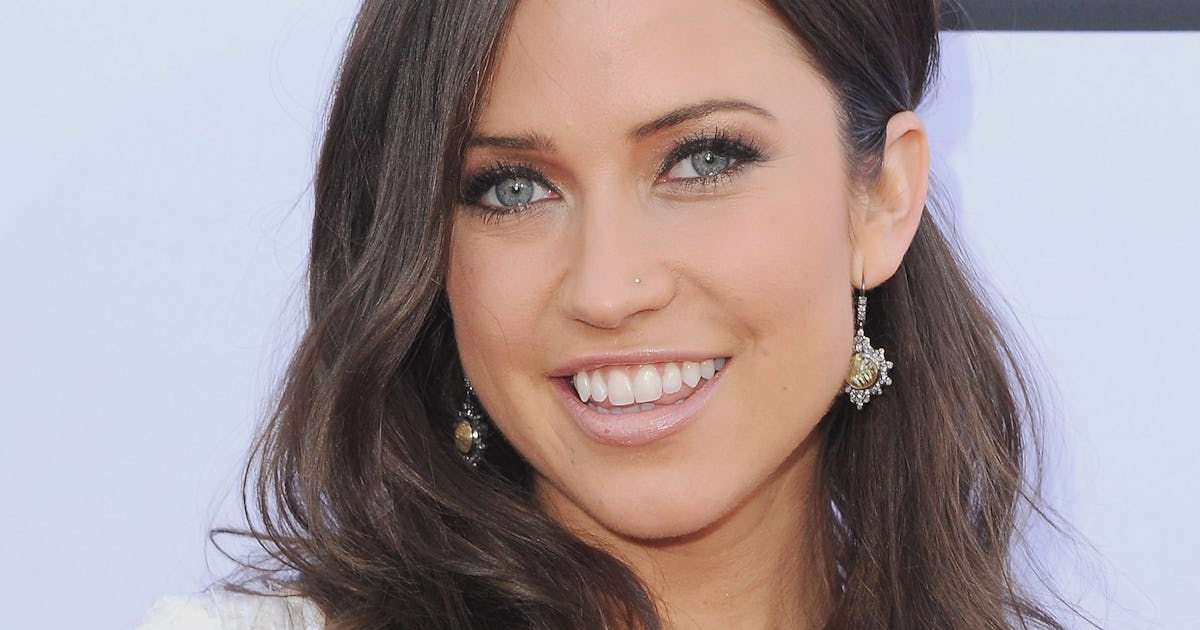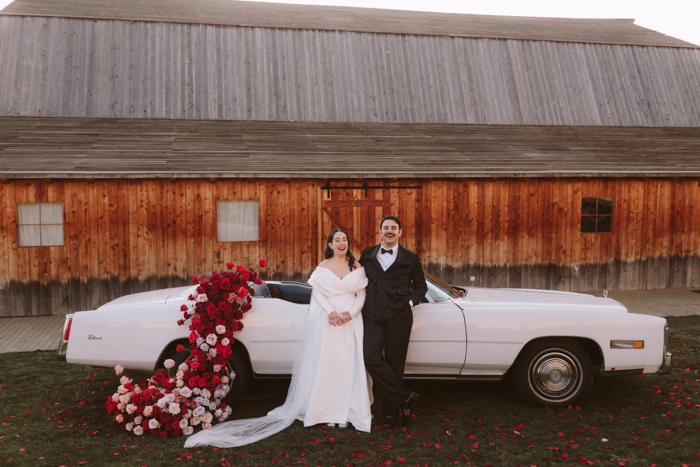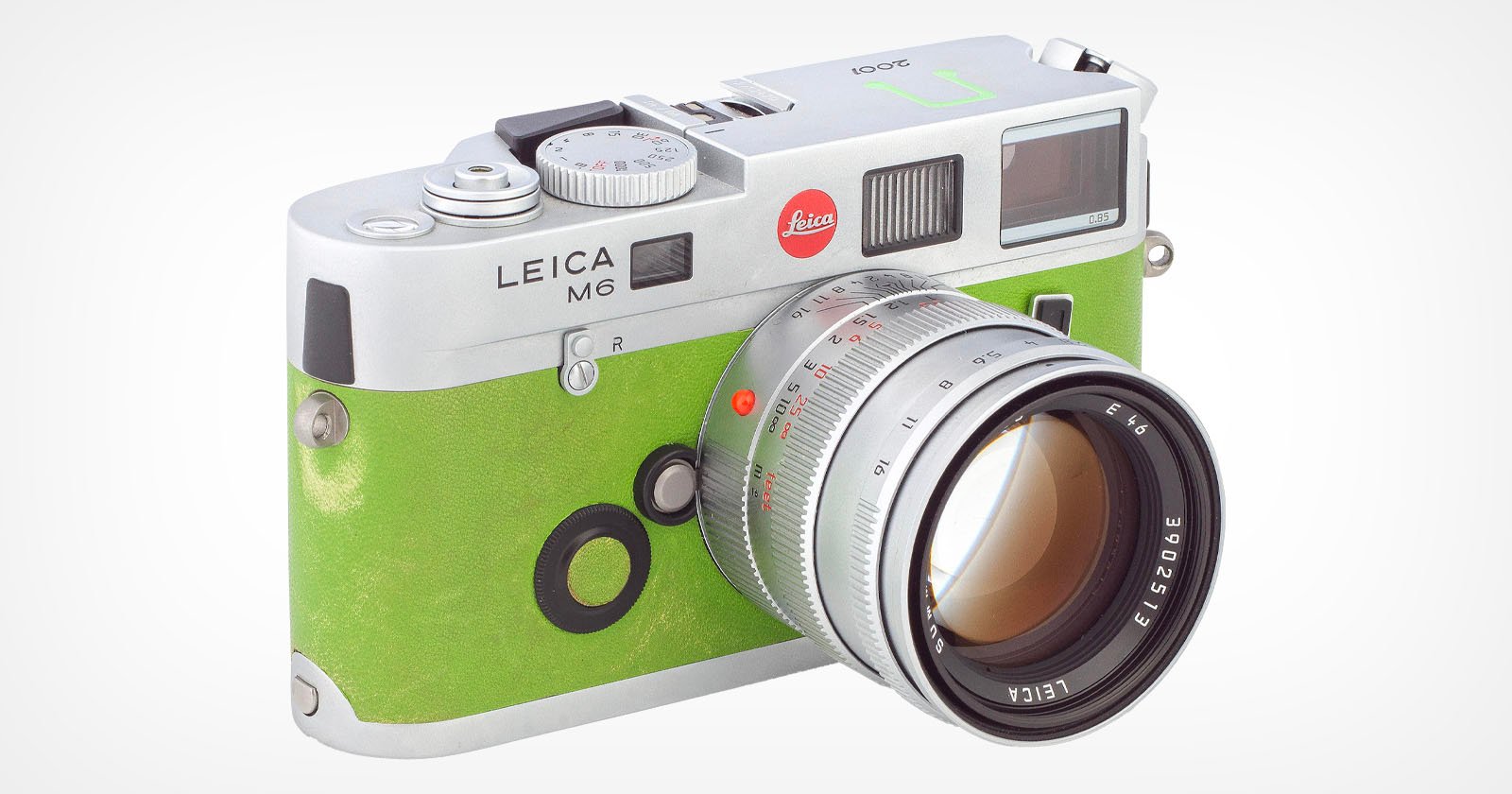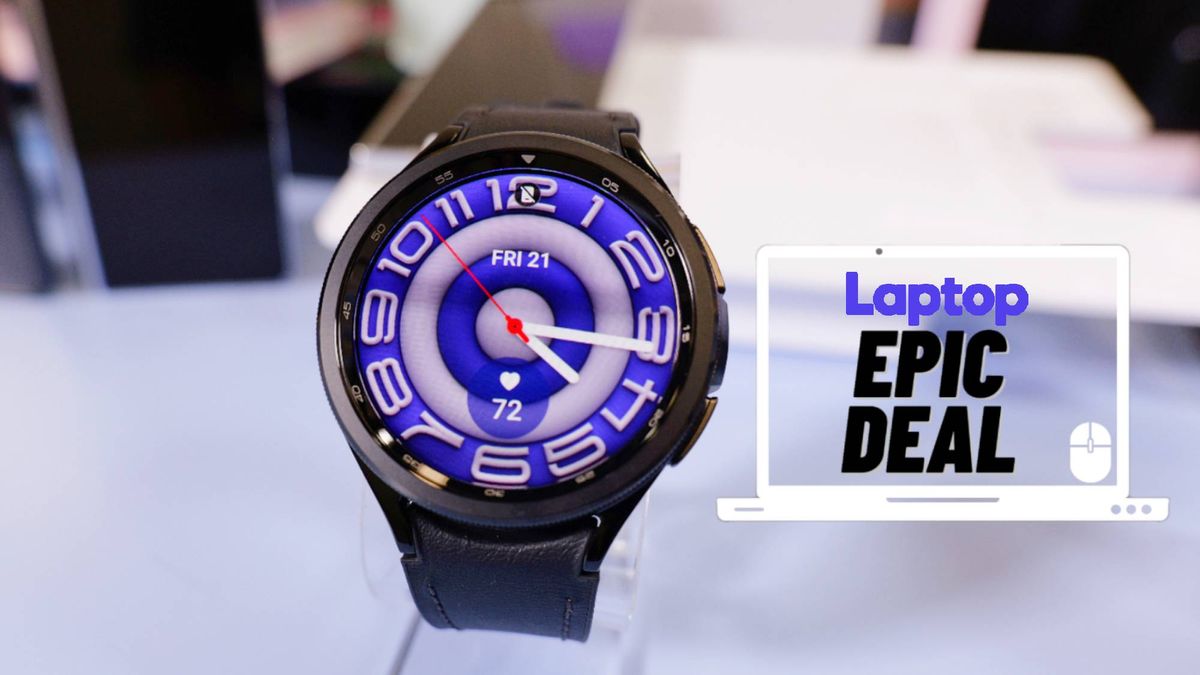
Telephoto lenses are incredibly popular among both amateur and professional photographers. They’re useful in a variety of situations and can help you take your photography to the next level. But what is a telephoto lens? A telephoto lens has a long reach, allowing you to photograph a subject that is far away or magnifying the subject in your frame. Generally, a lens is considered “telephoto” if it has a focal length of 60mm or longer.
Many people confuse telephoto lenses with zoom lenses but they are actually different things. A telephoto lens can be—but does not necessarily have to be—a zoom lens. Telephotos come in a variety of focal lengths from “medium telephoto” (generally 70-200mm) and “super telephoto” (longer than 300mm) and they can be either zoom or prime lenses. It doesn’t matter whether the lens zooms—what matters is how long the focal length is. To see the difference for yourself, you can rent telephoto lenses at BorrowLenes for less than $10/day as part of a 7 day rental, as well as popular supertelephoto lenses for less than $15/day as part of a 7 day rental.
Uses of Telephoto Lenses
Here are some of the reasons photographers love telephoto lenses so much:
1. Telephotos Make Subjects Appear Closer to the Camera
This is the most obvious reason to use a telephoto lens and why most beginners consider getting one. A telephoto lens will allow you to take photos of subjects that are farther away. This comes in handy when you are taking photos of things that you can’t, or don’t want to, get close to. Having more distance between you and your subject can help some people feel more at ease in front of the camera. Taking photos of a soccer game from the sidelines? A telephoto lens will get you closer to the action. Want to take a picture of dangerous wildlife from the safety of your car? A telephoto lens will let you do it.

The distances between the landscape, cityscape, and museum feel much greater at 35mm than at 289mm. Both scenes taken with a Sony a6500. Top image taken with a 35mm f/1.8 OSS lens, bottom image taken with a Sigma 150-600mm f/5-6.3 DG OS Contemporary lens.
Telephotos also help improve the visual relationship between a subject and its environment by creating the appearance of a kind of compression effect that is similar to how our brains see object-to-background relationships. Mountain ranges that appear to be sitting practically right on top of a cityscape are better visually translated with telephotos than with wide angles. Simply put, telephoto lenses open up your photographic possibilities by making far away subjects appear closer to the camera.
2. Telephotos Help Emphasize Blurred Backgrounds
If you’ve ever seen a photo where the subject is in focus but the background is blurred and wondered how that effect was achieved, the answer is often with a telephoto lens. This use is especially common in portrait photography. The way to achieve this look is to shoot with a long lens and the widest aperture available. For example, a 70-200mm telephoto lens shot at 200m with an aperture of f/2.8 will isolate your subject against a beautiful, creamy background.

Not only will angle of view be dramatically different on a telephoto lens but the quality of bokeh will be stronger compared to a wide angle, even when shooting that wide angle at a very wide aperture.
Generally speaking, the longer the lens and the wider the aperture, the more of this effect you get. This actually has very little to do with the lens itself and everything to do with the distance from which you shoot your subject. Longer lenses allow you to shoot your subjects from farther away, thus perceptually shrinking the subject in the foreground while the background stays the same size.
3. Telephotos are Excellent at Creating Flattering Portraits
One of the benefits of telephoto lenses for portrait work is that these lenses often have the effect of creating very flattering portraits of people. The distance between the camera and the subject impacts how close objects will appear in the frame and how they will look in comparison to each other.

Anything wider than 50mm will run the risk of distorting features of your subject. Portrait photographers often have a preferred length for different kinds of faces.
As you shoot at longer focal lengths, the subject that is in the foreground of the frame will appear to get smaller relative to what is happening in the background. This effect can also make facial features appear to be more proportional. Add to that the beautiful bokeh from shooting with a long lens and you have a great tool for portrait photography.
Common Telephoto Focal Lengths
When it comes to deciding which focal length is best for you, it will depend largely on how you plan to use it. Below we’ll discuss some common telephoto lens lengths (as they work on a full frame camera) and how and when to use them.
| Focal Lengths | Common Uses |
|---|---|
| 70-200mm | portraits, weddings, sports, wildlife |
| 85mm | portraits, weddings |
| 100-400mm | sports, wildlife |
| 135mm | portraits, sports, weddings, wildlife |
| 600+mm | sports, wildlife |
1. 70-200mm

70-200mm lenses are very popular due to their versatility and the stunning images they produce. 70mm is short enough to let you shoot not too terribly far from your subject while 200mm gives you enough reach to shoot things that are a good distance away and lets you shoot things that are quickly moving between being relatively close and relatively far (like kids and animals) with ease. Using a wide aperture in this focal range, such as f/2.8, will give you a beautifully blurred background and nicely isolate your subjects. If you like shooting with longer lenses, you can’t beat the beauty and versatility of a good 70-200mm. This is an ideal telephoto focal range for portrait and wedding work.
2. 85mm Prime

These prime lenses are very popular among portrait photographers because they produce beautifully blurred backgrounds and a compression illusion that is flattering to your subject while still letting you work relatively close to them. The benefit of an 85mm prime over a 70-200mm zoom is that typically the prime will allow you to shoot at a wider aperture, which is better for low light situations. Primes also tend to be sharper and lighter than zoom lenses.
3. 100-400mm

These lenses are just a bit longer on the short end but give you a lot more reach for things that are farther away. These lenses are ideal for sports, wildlife, and anytime you can’t, or don’t, want to be too close to. The downside of these lenses is that they are big, heavy, and often don’t have as wide of a maximum aperture as some of their shorter counterparts. Some people, therefore, choose to use these lenses only in well-lit environments. These lenses are great for shooting subjects that are far away but have a tendency to move around a lot. For example, if you’re taking pictures of a moose at 400mm and it starts to walk toward you, you will be able to zoom out a good amount while still taking photos of the moose. Zoom lenses in this focal range give you a lot of flexibility.
4. 135mm Prime

135mm is another very popular telephoto prime lens for portrait and wedding photographers. This lens gives you a little more reach than the 85mm, better compression illusions, and even more magnificent bokeh. These lenses are really good for making subjects appear closer together in a photo. If you want to take a portrait that clearly shows the size of whatever is in the background (for example, a subject in front of a cityscape), this is a great choice.
5. 600mm (and Above) Prime

These lenses are ideal for professional sports and wildlife photographers who like to shoot subjects that are very far away with very wide apertures. The images these lenses can capture and the effects they create can be stunning! The downside of these lenses is that their very long fixed focal length means that their uses are fairly limited. They also tend to be very heavy and very expensive.
Usage Tips
1. Stabilization
Camera shake is always a concern with photography but it has the potential to be more pronounced when shooting with telephoto lenses. Reducing camera shake will help ensure that your photos are sharp and in focus. Many telephoto lenses have built-in stabilization, which can be very helpful when shooting with a long lens. If your lens doesn’t have stabilization built in, consider using a tripod when shooting at longer focal lengths. Tripods are bulky to carry around and sometimes annoying to use, but at very long focal lengths they can be the difference between a shot that’s a keeper and one that is bound for the trash bin. It’s important to note that while stabilization can be very important while shooting subjects that are stationary, it becomes far less critical when shooting subjects that are in motion. Sports photographers typically use such fast shutter speeds that camera shake is not an issue and stabilization mechanisms can actually work against you when practicing panning effects.
2. Aperture
Aperture is a measure of how wide the inner ring of a lens can open to let light in. It is expressed as a fraction (e.g. f/1.8 or f/22), which means that the smaller the bottom number is, the wider your lens will open and the more light will be let in. Wide apertures are useful for a few reasons. When light is low, especially if you are shooting a moving subject or not using any sort of stabilization, shooting at a wider aperture will allow you to have a faster shutter and hopefully nail the shot. Wide apertures allow you to create photos with a shallow depth of field and shoot in darker conditions much more easily.
3. Shallow Depth of Field
One of the best things about telephoto lenses, aside from their ability to make a subject appear closer to the camera, is their ability to produce images with a shallow depth of field. The longer your lens and wider your aperture, the more blur you will get. Shooting with a telephoto lens at an aperture of f/2.8 and a decent amount of separation between your subject and the background will allow you to blur that background to oblivion!
Telephoto Lens Recommendations
Sigma 85 f/1.4 Art for Canon, Nikon, and Sony E Mount

The 85mm focal length is excellent for portrait work and the Sigma 85 f/1.4 Art is a great choice. This lens is fast, sharp, and produces beautifully blurred backgrounds. The f/1.4 aperture means it can shoot nice and wide in low light.
Canon 70-200 f/2.8L IS II (New for 2018: Canon 70-200mm f/2.8L IS III)

This is one of the most popular professional level lenses in the Canon lineup and there’s a good reason for it. This lens focuses quickly and produces beautifully sharp and colorful images with nice, blurred backgrounds. This versatile telephoto zoom lens is popular among everyone from wedding and portrait photographers to those who shoot sports and wildlife.
Nikon 200-500mm f/5.6 ED VR

This is a great telephoto lens for Nikon users who like to get up close to the action. This lens is great for sports and wildlife shooting, including capturing birds in flight. If you need a super zoom for your Nikon camera, this is a good and relatively affordable choice.
Additional Telephoto Lens Information
For additional information and a recent comparison of Canon telephoto lenses, check out our video. It covers the basic differences between the lenses for their range, stability, weight, clarity in low light, and much more.
Summary
Telephoto lenses are incredibly versatile and useful in a variety of situations. From zooming in on far away subjects to taking flattering portraits to “compressing” a scene to add drama, a good telephoto lens can help you take your photography to the next level. If you’re having a hard time deciding which telephoto lens is right for you, taking a few lenses for test runs may be a good option. Renting some telephoto lenses before you buy one will help you figure out which focal lengths and features will be the most useful for you and make your decision a lot easier.
1. Canon 70-200mm f/4 IS CC Image courtesy of Tim RT on Flickr
2. Canon 85mm f/1.8 CC Image courtesy of Ken Chuchu on Flickr
3. Canon 100-400mm f/4.5-5.6 L IS CC Image courtesy of Becker1999 on Flickr
4. Nikon 135mm f/2.0 CC Image courtesy of Andrey on Flickr
5. Canon 600mm f/4 L IS CC Image courtesy of Scott Calleja on Flickr
6. Sigma 85 f/1.4 Art for Canon CC Image courtesy of philhearing on Flickr
7. Canon 70-200 f/2.8L IS II CC Image courtesy of Laurent Bartkowski on Flickr
8. Nikon 200-500mm f/5.6 ED VR CC Image courtesy of WIL on Flickr
Tags: Bird Photography, Bokeh, Sports Photography, telephoto lenses, wildlife photography Last modified: October 16, 2020






